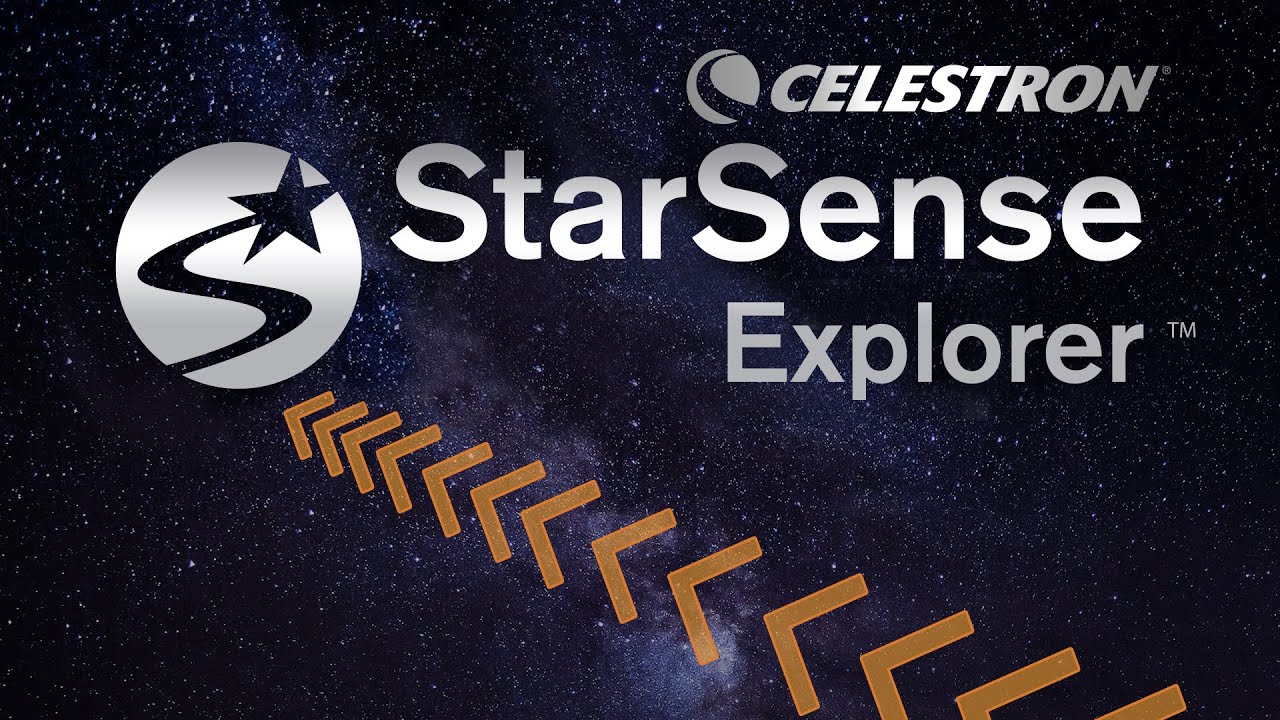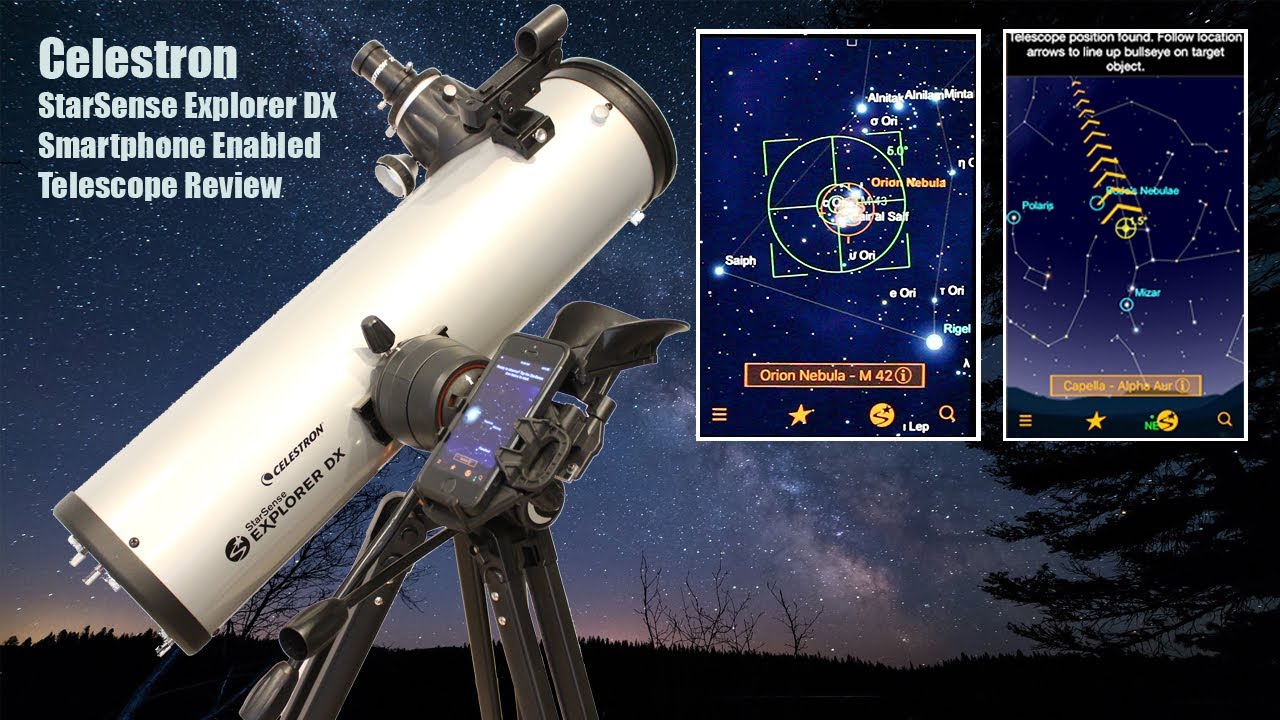Just when I think there isn’t anything you can do with a smartphone that hasn’t already been done, somebody comes along with a stunning idea that I never thought of or imagined was possible. Telescopes for amateur astronomers equipped with motorised mounts and computer “Go To” drive systems have become very popular over the last two decades. They typically come with a large (40,000+) built-in database of celestial objects and computer ephemeris of solar system objects, so all you have to do is punch in what you want to see, say:
- Neptune
- M31 Andromeda galaxy
- 61 Cygni
- Barnard’s star
- Asteroid Pallas
and the telescope slews directly to the object and tracks it as the Earth rotates. This is not just a boon for beginners, but it allows experienced amateurs to do things like easily spot Mercury and Venus in the daytime sky when they are less affected by air turbulence near the horizon after sunset. Modern versions of this feature often perform automatic polar alignment and adjustment for the observer’s location via GPS and, with Internet access, updates on ephemeral objects such as comets and close approaches to Earth of small asteroids.
This comes at a cost—in particular, the cost. A 125 millimetre reflecting telescope with this feature, the Celestron NexStar 5SE, is offered at Amazon for US$ 849 with a list price of US$ 939, and while otherwise a magnificent choice for beginners, is priced out of the range most would be willing to spend on a hobby they’re just getting into.
In 2020, Celestron announced a new line of telescopes equipped with a technology called “StarSense Explorer”, which cost about half the price of the computerised scopes. The Celestron StarSense Explorer DX 130AZ, with the same aperture as the NexStar, is available on Amazon for US$ 449, with a list price of US$479.95. These telescopes are fully manual: they contain no motors or electronics, and are pointed at the sky like a camera on a tripod, with the addition of slow motion controls to make fine adjustments in position. Attached to the telescope is a mount in which you dock your smartphone—both Android and iOS are supported, and the dock is adjustable for most sizes of phones. On the phone, you install the StarSense Explorer application. The app uses the phone’s GPS capability to figure out where it is and the current time, then it looks at the night sky with the phone’s camera and matches the bright stars it sees with its internal database of objects and determines in which direction the telescope is pointed. When you then select an object to observe, the app shows you the sky with an arrow pointing to the object, even if it is far off screen. You then simply move the telescope to follow the arrow until the target comes onto the screen, centre it with the slow motion controls, and there it is in the eyepiece!
Since the telescope does not have a motor drive, it does not compensate for the Earth’s rotation, but you can use the slow motion controls to keep it from drifting out of the field. The lack of a motor drive makes the telescope poorly suited for long-exposure astrophotography, but that’s something most beginners aren’t likely to try for a while.
Here is a one minute video introducing the technology.
This is a detailed review of the telescope, including docking the phone, aligning with the telescope, and using it to navigate the night sky.

